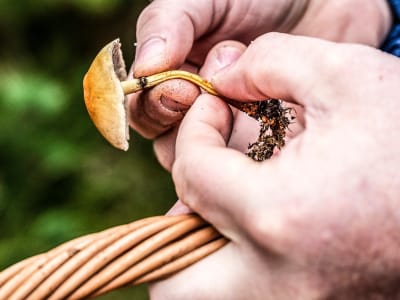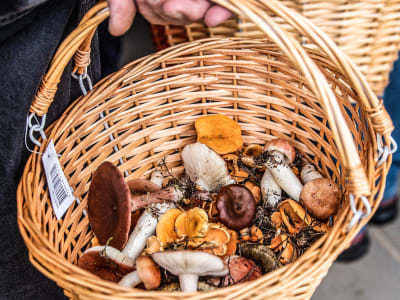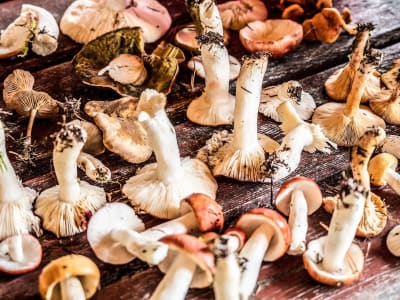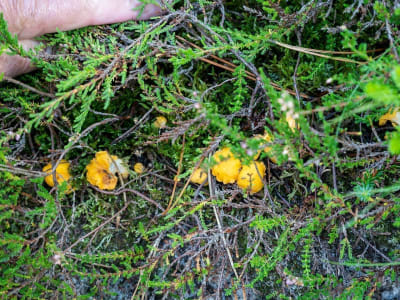
Mushroom Week
If you’re eager to explore more mushrooms or simply want to get up close with these fascinating fungi, consider diving into Mushroom Week every September! This annual event offers a fantastic opportunity to immerse yourself in the world of mushrooms, celebrating their diversity and importance. Whether you're an avid forager or just curious about these remarkable organisms, Mushroom Week is the perfect time to deepen your knowledge and appreciation of the "king of the soil."
Learn more!







